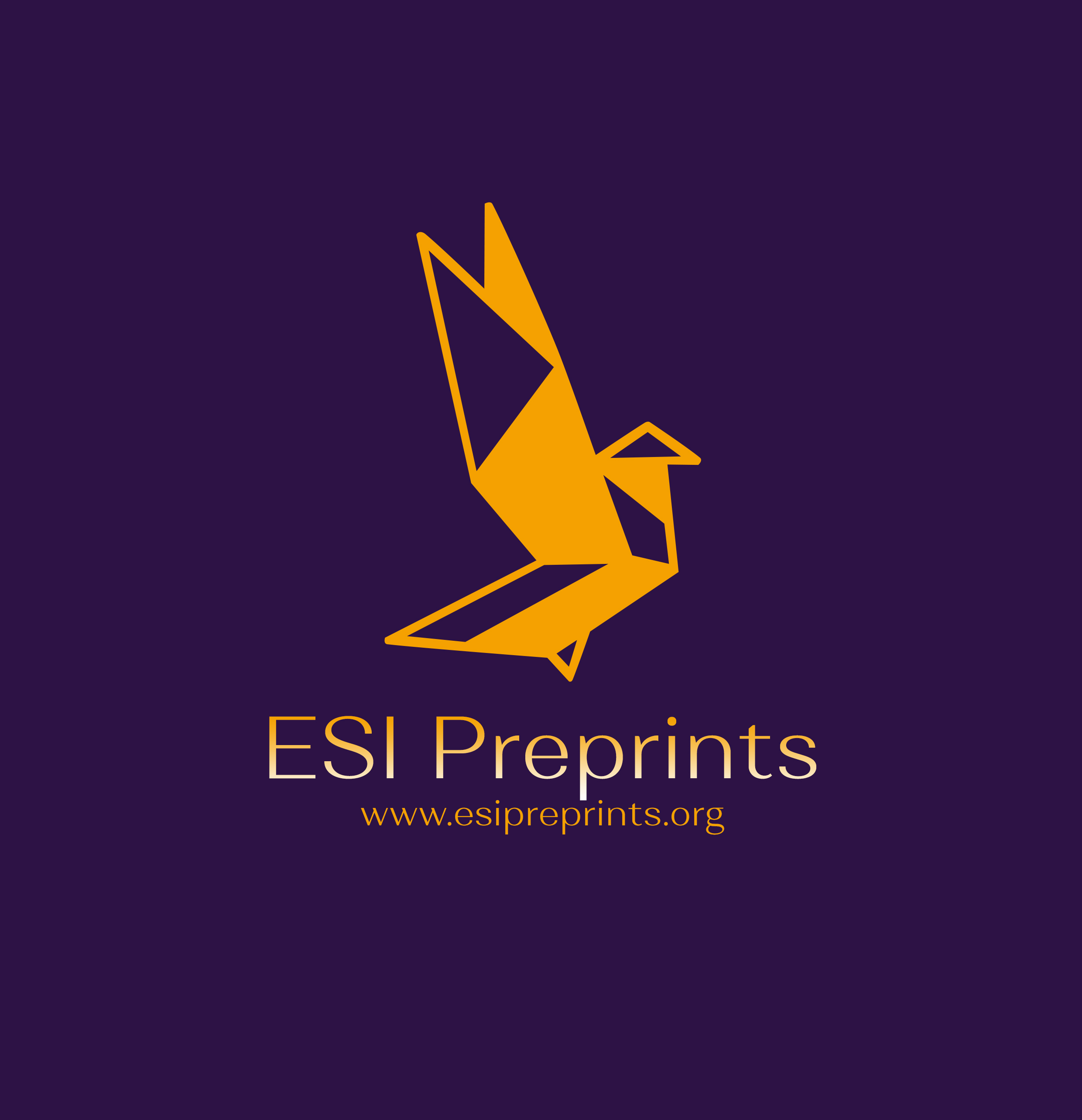Assessment of the Shellfish Production Areas’ Quality: The Oualidia and Sidi Moussa Lagoons Case
Abstract
Based on European regulation 91/492/EC, Morocco, very early, established legislation with conditions for producing and marketing live bivalve molluscs. In applying this legislation, the National Institute of Fisheries Research (INRH) has set up a system for sanitary monitoring of the marine environment, through which several harvesting areas have been classified while others are in progress. In January 2020, the Oualidia and Sidi Moussa lagoons were categorized respectively in classes B and C with respectively 52.77% of the results, which were between 230 and 4600 MPN E. coli / 100 g of flesh and intravalvular liquid (FIL) and 11.11% of results that fell between 4600 and 46000 MPN E. coli / 100 g FIL. Sidi Moussa lagoon has been classified as a clean area category C since 2006. As a result, the oyster farming activity has been suspended in this area. This incident is a warning sign of the significant weakness of these ecosystems in addressing multiple social and economic challenges. On another side, INRH has sufficient data and tools to progress towards a better optimization of the marine environment sanitary monitoring program management.
Downloads
Metrics
References
2. Butt, A. A., Aldridge, K.E., Sanders, C. V. (2004). Infections related to the infection of seafood. Part I. Viral and bacterial infections. The Lancet Infectious Diseases, No. 4, 201-212.
3. Carella, F., Aceto, S., Marrone, R., Maiolino, P., De Vico, G. (2010). Marteilia refringens infection in cultured and natural beds of mussels (Mytilus galloprovincialis) along the Campania coast (Tirrenian sea, South of Italy). Bulletin of the European Association of Fish Pathologists, No. 30, 189.
4. Chafik, A., Cheggour, M., Cossa, D., Benbrahim, S., Sifeddine, M. (2001). Quality of Moroccan Atlantic coastal water monitoring and mussel watching, Aquat. Living Ressources, No. 14, 239-249.
5. Cherkaoui, R., Azhari, H., Moutaki, B. (2010). Etude comparative du niveau de contamination microbiologique des espèces C. gigas, Venerupis decussata et Ensis ensis au niveau de la lagune d’Oualidia. Rapport INRH, 32 pages.
6. Council Directive 91/492/EEC. (1991). Health conditions for the production and the placing on the market of fishery products.
7. EPA. US. (2007). Environmental Protection Agency, EPA 7473, Mercury in solids and solutions by thermal decomposition, amalgamation, and atomic absorption spectrophotometry.
8. Gaudry, A,, Zeroual, S., Gaie-Levrel, F., Moskura, M., Boujrhal, F. Z., El Moursli, R. C., Guessous, A., Mouradi, A., Givernaud, T., Delmas, R. (2007). Heavy metals pollution of the Atlantic marine environment by the Moroccan phosphate industry, as observed through their bioaccumulation in Ulva lactuca. Water, Air, & Soil Pollution, No. 178, 267–285.
9. Gilbert, R.O. (1987). Statistical Methods for Environmental Pollution Monitoring, Wiley, NY.
10. Iwamoto, M., Ayers, T., Mahon, B. E., Swerdlow, D. L. (2010). Epidemiology of seafood-associated infections in the United States. Clinical Microbiology Reviews, No. 23, 399-411.
11. Khbaya, B. (2011). Mise à jours de la fréquence d’échantillonnage pour le suivi microbiologique des lagunes d’Oualidia et de Sidi Moussa. Rapport INRH., 15 pages.
12. Leoni, F., Chierichetti, S., Santarelli, S., Talevi, G., Masini, L., Bartolini, C., Rocchegiani, E., Naceur Haouet, M., Ottaviani, D. (2017). Occurrence of Arcobacter spp. and correlation with the bacterial indicator of faecal contamination Escherichia coli in bivalve molluscs from the Central Adriatic, Italy. International Journal of Food Microbiology, No. 245, 6-12.
13. Maanan, M. (2008). Heavy metal concentrations in marine molluscs from the Moroccan coastal region. Environmental Pollution, No. 153, 176 -183.
14. Mejdoub, Z., Zaid, Y.; Hmimid, F.; Kabine, K. (2018). Assessment of metals bioaccumulation and bioavailability in mussels Mytilus galloprovincialis exposed to outfalls pollution in coastal areas of Casablanca. Journal of Trace Elements in Medicine and Biology, No. 48, 30–37.
15. Meteigner, C. (2017). Evaluation de la qualité des zones de récolte conchylicole. Département des LANDE. RST/LER/AR/LER/17. 006.
16. NM EN 13805. (2015). Produits alimentaires : Dosage des éléments traces Digestion sous pression.
17. NM EN 15763. (2012). Dosage des éléments traces - Dosage de l’arsenic, du cadmium, du mercure et du plomb par spectrométrie d’émission avec plasma induit par haute fréquence et spectromètre de masse (ICP-MS) après digestion sous pression.,
18. NM ISO 16649-3. (2015). Microbiologie de la chaîne alimentaire - Méthode horizontale pour le dénombrement des E. coli bêta-glucuronidase positive - Partie 3 : Recherche et technique du nombre le plus probable utilisant le bromo-5-chloro-4-indolyl-3 ß-D-glucuronate.,
19. NM ISO 6887-3. (2017). Microbiologie de la chaîne alimentaire - Préparation des échantillons, de la suspension mère et des dilutions décimales en vue de l'examen microbiologique - Partie 1 : Règles générales pour la préparation de la suspension mère et des dilutions décimales.
20. NM ISO 7218. (2014). Microbiologie des aliments - Exigences générales et recommandations.,
21. Piquet, J-C. (2018). Procédure nationale de la surveillance sanitaire microbiologique des zones de récolte de coquillages. REMI – IFREMER.,
22. Rubini, S., Galletti, G., D’Incau, M., Govoni, G., Boschetti, L., Berardelli, C., Barbieri, S., Merialdi, G., Formaglio, A., Guidi, E., Bergamini, M., Piva, S., Serraino, A., Giacometti, S. (2018). Occurrence of Salmonella enterica subsp. enterica in bivalve molluscs and associations with Escherichia coli in molluscs and faecal coliforms in seawater. Food Control, No. 84, 429-35.
23. Sferlazzo, G., Meloni, D., Lamon, S., Marceddu, M., Mureddu, M., Consolati, S. G., Pisanu, M., Virgilio, S. (2018). Evaluation of short purification cycles in naturally contaminated Mediterranean mussels (Mytilus galloprovincialis) harvested in Sardinia (Italy). Food Microbiology, No.74, 86-91.
Copyright (c) 2023 B. Khbaya, F-Z. Bouthir, R. Cherkaoui, E. M. Kabiri

This work is licensed under a Creative Commons Attribution 4.0 International License.








